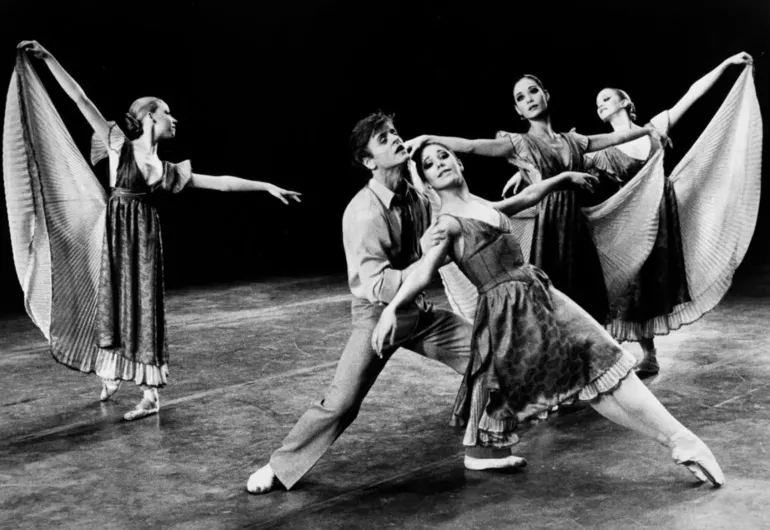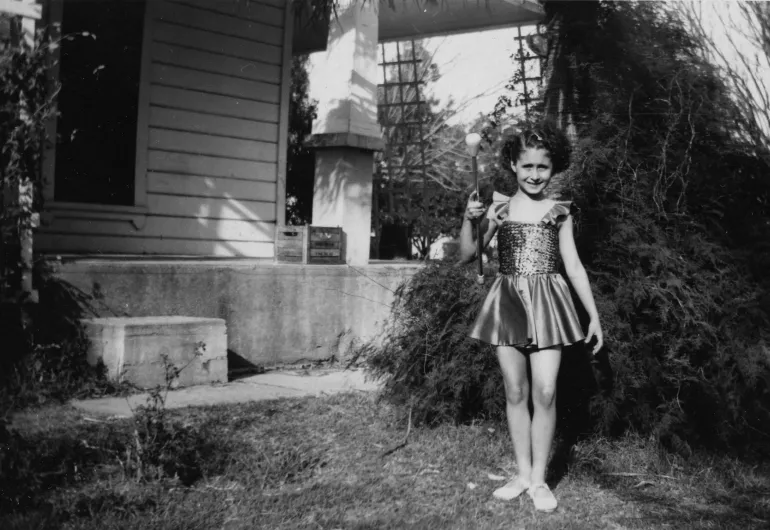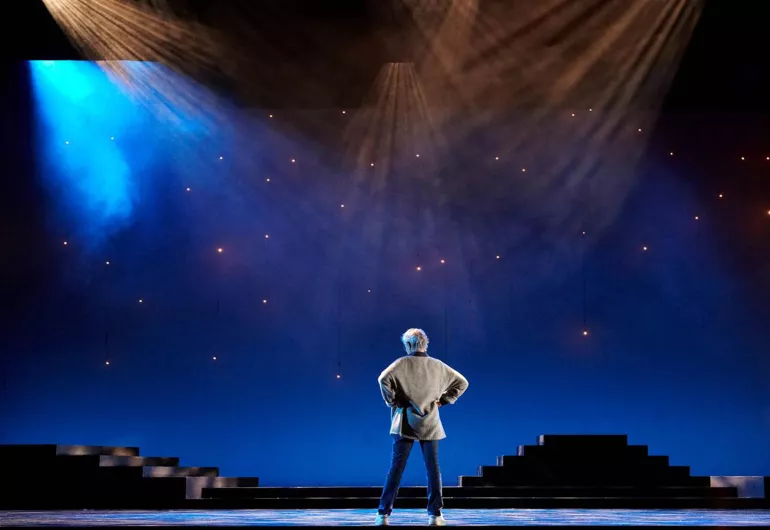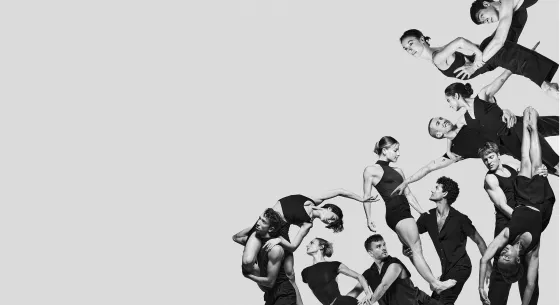A sparkling legend within the dance community, Twyla Tharp Dance debuts Tharp’s newest work—and celebrates her 60th anniversary as an innovative choreographer—with critically acclaimed ensemble Third Coast Percussion at Northrop on Jan 26 at 3:00 pm. Learn about these dazzling artists before this unforgettable performance.

Twyla Tharp. Photo by Richard Avedon, The Richard Avedon Foundation.
A Sparkling Diamond

Members of Third Coast Percussion. Photo by Saverio Truglia.
Drumroll, Please!

Amanda McKerrow, Mikhail Baryshnikov, Deirdre Carberry, Elaine Kudo, and Nancy Raffa during dress rehearsal for The Little Ballet. Photo by Martha Swope.
The Return of a Northrop Favorite

Tharp before a tap and baton recital. Photo courtesy of the artist.
From Raw to Refined

Tharp onstage at the Royal Winnipeg Ballet before the Canadian premiere of The Princess and the Goblin. Photo courtesy of the Royal Winnipeg Ballet Archives.
Keep It Moving and Sparkling
Tharp with her newest book Keep It Moving. Photo and video by Simon & Schuster Books.
